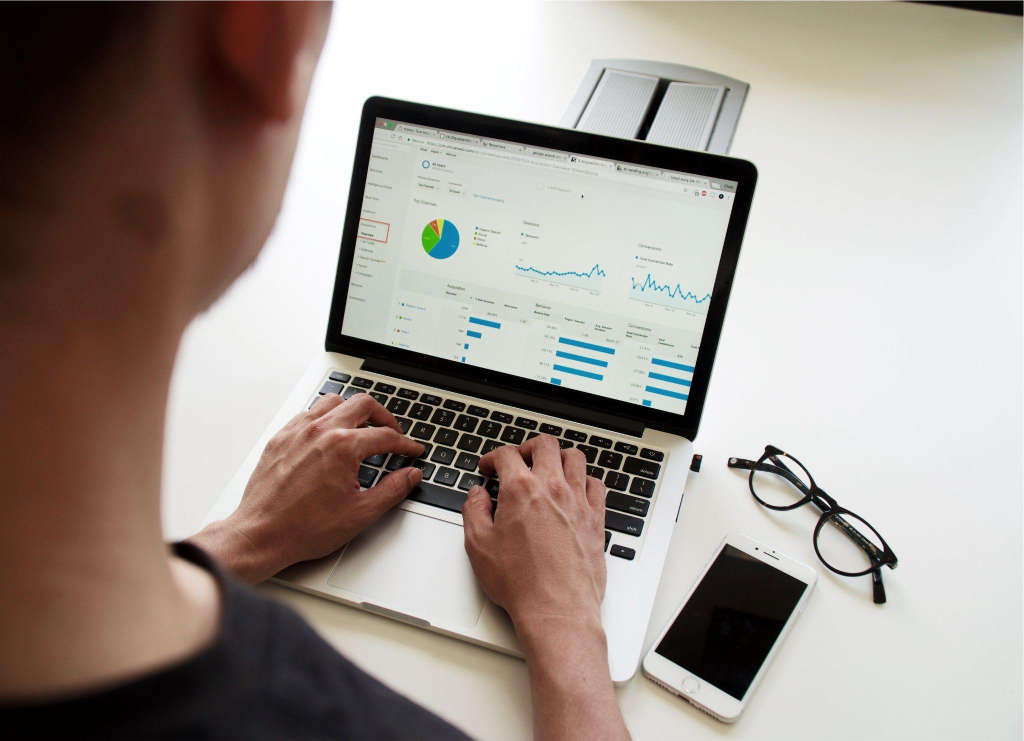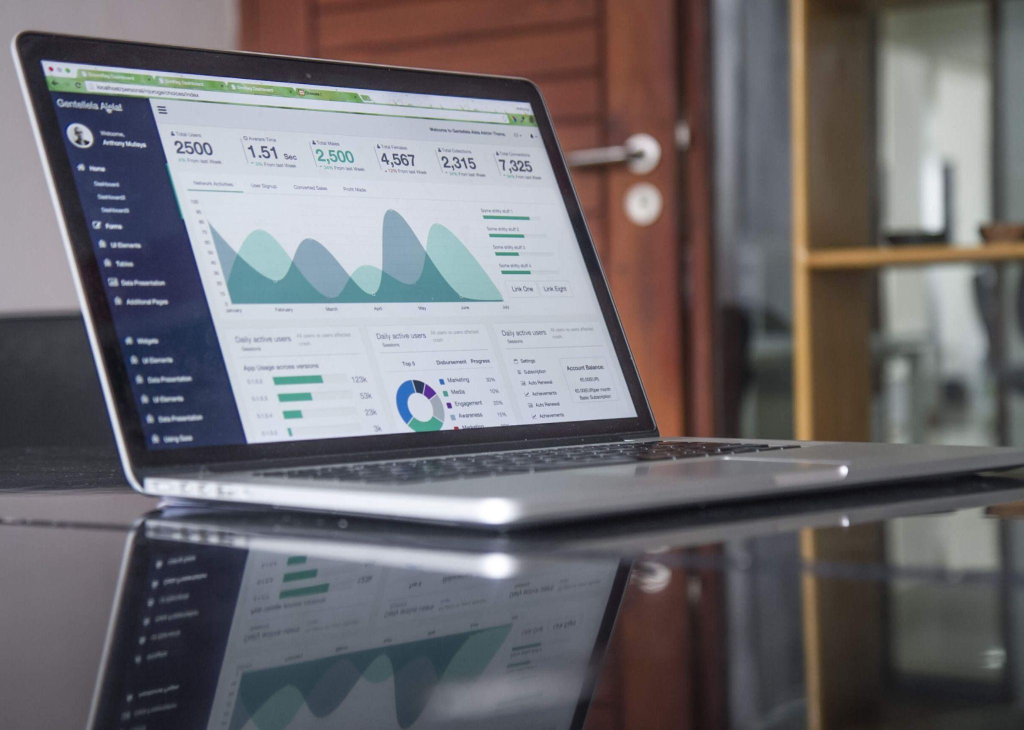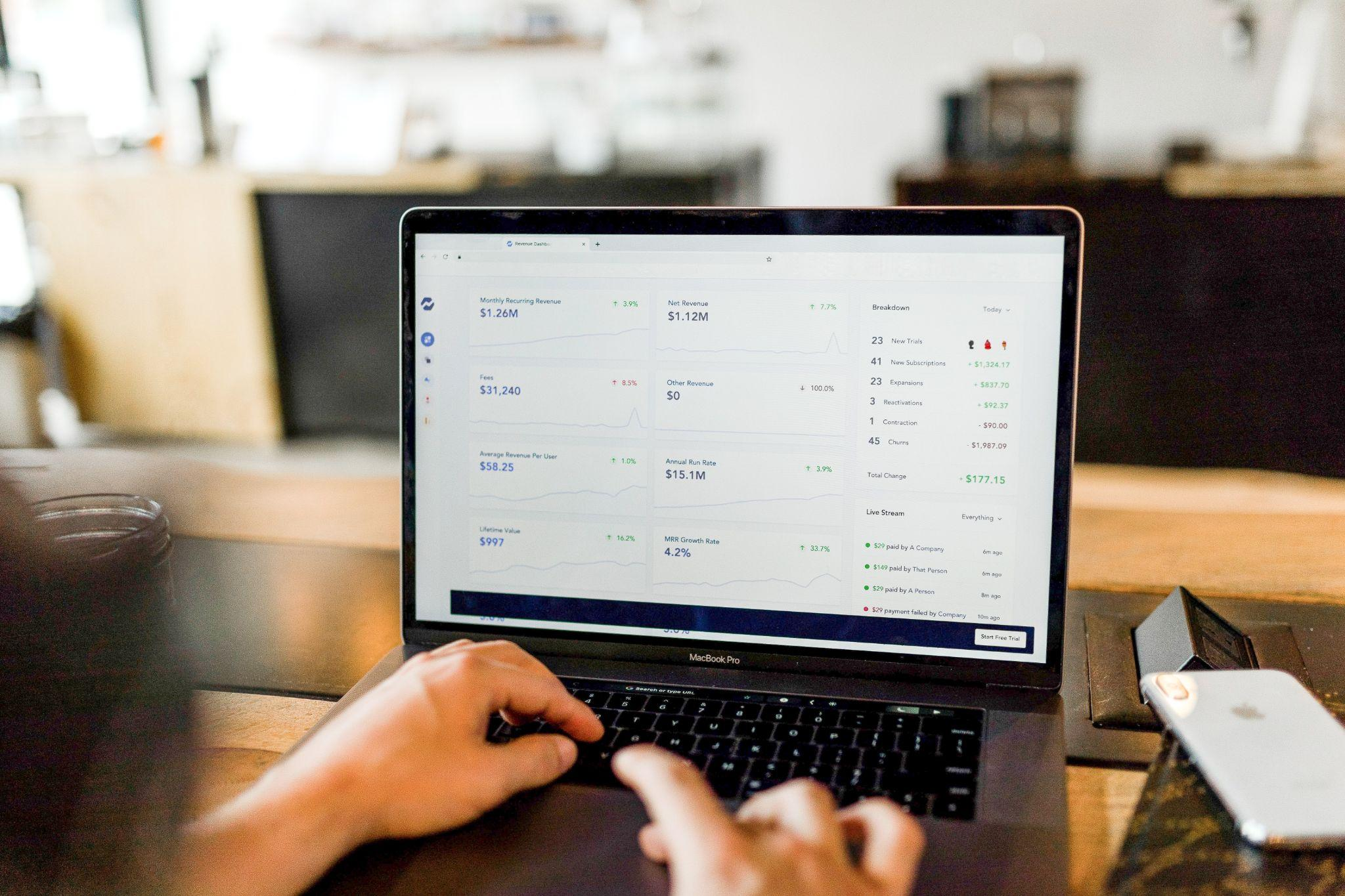A prospective client who has shown interest in a company’s offering is known as a “lead.” Converting potential clients into actual ones is the ultimate purpose of lead generation, which kicks off the sales process.
In order to grow and prosper, a business needs leads. If properly cultivated, a leader has the potential to develop into a long-term client and reliable source of recurring income. To achieve this goal, you need a system for generating and managing leads, as well as the means to consistently nurture them with helpful content and follow-up conversations in order to get them closer to completing a purchase.
Remember that leads come from anyone. Visitors to a website, word-of-mouth, attendance at expos, and marketing campaigns are all potential channels for attracting new customers. Maintaining a steady stream of prospects from every one of these sources requires a well-defined and efficient lead funnel that is regularly evaluated and improved.

Briefly Describe a Lead-Generating Funnel
With the advent of the internet, however, no sale is instantaneous. Instead, sales are often the consequence of persistent effort. It’s important to focus your energy where it will do the best, and a well-thought-out lead-generating funnel helps you do just that.
A business’s lead funnel is the series of activities it employs to find, interact with, and ultimately persuade prospective clients to become actual ones. Attracting that target demographic to your company’s website and landing pages is the first step in the sales funnel.
Just what does it mean when people ask about a lead-generating funnel?
A lead generation funnel, in its most basic form, is a structured sequence of steps used to generate new leads. In addition, the lead funnel is structured such that each successive stage brings the visitor as well as a random person one small step to actually becoming a paying client.
For instance, a website’s primary goal in the awareness phase is to raise general knowledge of the company and its products or services. At this point, you want to have established a level of trust with your visitors, and you want to be doing all possible to turn them into a prospect.

An organization’s sales efforts will be fruitless if they don’t have a well-thought-out plan for generating leads at each level of the sales funnel. Prospects must be guided through the sales funnel with a well-thought-out plan that helps you earn their confidence and create a rapport with them as they come closer to making a purchase.
Definition of the Lead Generation Funnel Stages
It is common practice to have a prospective client go through a series of steps, or “stages,” in the lead generation funnel before finally becoming a paying client. Each of these steps is designed to get a potential consumer one step closer to completing a purchase.
Common steps in a lead-generating funnel include:
- First, a client becomes aware of your firm and the services it provides. This is often performed via a variety of marketing methods including advertising, social media (https://en.wikipedia.org/wiki/Social_media), and search engines.
- At this point, you want to pique the interest of your prospective consumer by providing them with engaging material while also earning their trust. Email campaigns, weblogs, and other forms of social media participation are often used to achieve this goal. Click here to read more on email marketing and its relation to analytics.
- Aspiration: Now is the time to wow them with a fantastic deal that’s tailored to their specific requirements. There can be a limited-time offer, demo, or discounted rate.
- At this last phase, the prospect takes some kind of action—completes a form, buys something, or registers for a service and is considered a lead.
In most cases, a sales funnel will have three distinct levels, each representing a different stage in the customer qualifying process. These are some of them:

A sales funnel’s many levels
- A person who has achieved the awareness level is considered a lead. He has come to you in search of help. To get them to the next level of consideration, when they are open to new ideas and products, you must now provide them with a viable answer.
- Prospect: A lead becomes a prospect if he is really thinking about making a purchase from you. Time for you to make a pivot. You communicate with him directly and want to develop a lasting friendship with him. When doing so, you sway his choice to buy and demonstrate how well it fits his needs.
- At this point, the prospect has committed to buying your product or using your service and is considered a customer. After a transaction is made, the sales funnel is considered closed.
Now that we know the different steps that a lead takes inside a sales funnel, we can break it down into three distinct categories. And if we do that, here’s how we may summarize a lead funnel:
- What we call the “top of the funnel” (TOFU) is the point at which a process first begins. The majority of the leads we have right now are just becoming aware of what you provide.
- Focus on the MOFU or the middle of the funnel. Compared to the previous phase, this phase has fewer leads, but each one is well-qualified. Clients in the interest want phases to dominate this section of the sales funnel.
- This is the BOFU or the lowest point in the funnel. This is the last and most crucial phase when a prospect becomes a client and your efforts start to pay off in the form of revenue.
Keep in mind that none of these steps is more vital than the others. All of your hard work could be undone if you make the mistake of letting any of these steps overlap or are ignored. For this reason, it is crucial that you create a lead-generating funnel that brings the prospective buyer ever closer to completing a purchase.
































































